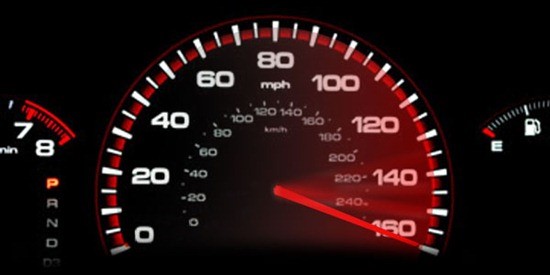We spend a lot of time seeking to increase pipeline velocity, compressing sales cycles, and focusing on sales velocity.
We are constantly driven to move faster. Sometimes in moving faster, we pass our customer and where they are in their own buying journey.
This is where so much of our problem with getting customers buy comes in. In our quest for increasing sales velocity (or sales acceleration) we become separated from our customers. We and they are in different places–as a result we become ineffective.
All of a sudden, we focus on the solution, our customers aren’t there yet. They see us as pitching, interested only in the sale, not in helping solve their problem. (Our research indicates every stage of misalignment decreases probability of winning by as much as 20%).
As fast as we want to go, we are governed by our customers’ buying velocities.
If we are to be effective, we need to align our selling activities with their pace of buying.
Having said this, we owe it to our customers to accelerate their buying velocity. Left alone, based on CEB data, they are more likely not to make a decision. Consequently, they fail to take advantage of the opportunities or improving their performance.
There are all sorts of things that get in the way of the customer’s ability to buy. The first is change itself. In driving customer buying velocity, we have to focus first on helping the customer determine their current operations are unacceptable, they have to change. If the customer has a heightened sense of urgency and a defined deadline for having a solution in place, we can help them accelerate their process and achieve the results expected.
Beyond this, helping them align themselves, priorities, agendas is critical. Helping them find common ground–rather than focusing on their differences. Helping grow that alignment until it’s sufficient to justify the solution enables them to reach a decision more quickly.
What’s important in buying and selling is not our selling velocity, but the customer’s buying velocity.
What are you doing to help them speed up?

Hello David,
I really like the sentence about passing our customer and leaving them on their own buying journey. Nowadays everything is about moving faster and getting more sales. Most companies focus on quantity, not quality. You’re absolutely right that sometimes we should slow down and equalize our rate of selling with the customer’s buying rate, in order to be on the same page before acceleration. In the first contact we should find – as you wrote – a common ground to get to know them well: find out more about their painpoints before we bombard them with a solution. And only after a good first touch, both we and the customer will be better prepared to move faster towards a deal.
Very good read.
Thanks Cathy, I’m about to publish a follow on. We’ve done research on the impact of being aligned or not being aligned with the customer buying cycle. For each “stage” of misalignment, the probability of winning decreases by as much a 20%. Taking an extreme example, if the customer doesn’t know they have a problem and the sales person is asking for the order—say we are 4-5 stages out of sync, the probability of winning decreases by 80-100%. Common sense/logic leads you to the same conclusion, but the data is compelling. Thanks for the great comment.